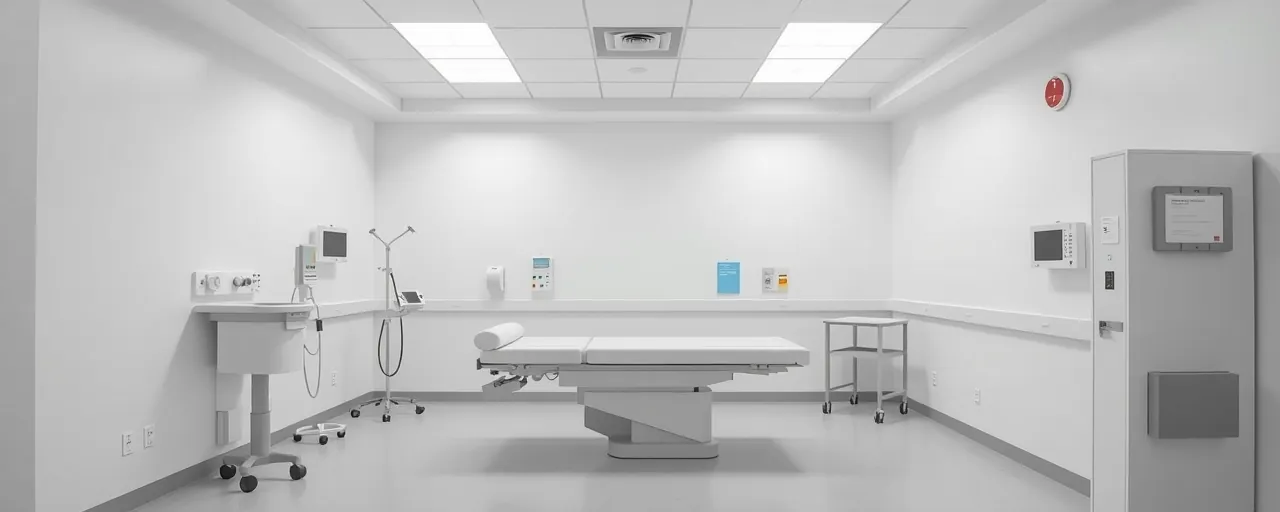A Healthcare System Under Pressure
New York’s healthcare system stands on the brink of a major disruption. Federal budget proposals, recently approved by the House Ways & Means and Energy & Commerce committees, could cut $13.5 billion annually from the state’s healthcare programs. These changes, embedded in a Republican-led budget reconciliation plan, target Medicaid and the Essential Plan, programs vital to millions of New Yorkers. The potential fallout has ignited a heated debate about the future of healthcare access.
The numbers are staggering. Over half of the Essential Plan’s funding, roughly $7.5 billion, faces elimination, threatening affordable coverage for low-income workers. Medicaid, which supports one in five Americans, could see 1.5 million New Yorkers lose insurance. Governor Kathy Hochul has called the cuts unsustainable, warning that no state can fill such a massive financial gap. The stakes extend beyond budgets to the well-being of families and communities.
For everyday New Yorkers, the impact hits close to home. Children may lose access to routine care, seniors could struggle with medication costs, and rural hospitals might shutter. Local economies, heavily reliant on healthcare jobs, face disruption. As these proposals advance, they raise urgent questions about how to balance fiscal priorities with the human cost of reduced care.
The Case for Cutting Costs
Advocates for the budget cuts emphasize the need to address a national debt nearing $36 trillion. They argue that Medicaid’s rapid growth, with annual federal spending topping $600 billion, demands reform. By lowering federal contributions and transferring more responsibility to states, the plan seeks to eliminate inefficiencies. Work requirements, such as 80 hours of monthly employment or community engagement, aim to encourage self-sufficiency and reduce reliance on public programs.
This approach draws on past experiments. In Arkansas, a 2018 Medicaid work requirement led to 18,000 people losing coverage, which supporters viewed as proof that such policies can streamline programs and promote workforce participation. The cuts also align with a larger goal of preserving funds for expiring tax breaks, a priority for those who see economic growth as a path to long-term fiscal health.
Concerns Over Access and Equity
Those opposing the cuts, including New York’s state officials and healthcare providers, warn of dire consequences. They view Medicaid as essential insurance for working families, seniors, and people with disabilities, not a program ripe for slashing. Work requirements, they argue, create unnecessary obstacles. Research from states like Arkansas found no notable increase in employment from similar rules, but thousands lost coverage due to paperwork errors or barriers like limited internet access.
The financial burden is another worry. Transferring $3 billion in Medicaid costs to New York’s budget could force reductions in other critical areas, such as public health or child welfare. Hospitals, particularly in rural regions, risk closure due to lower reimbursements. The Congressional Budget Office projects that nationwide, 8.6 million people could become uninsured under comparable plans, raising concerns about prioritizing tax cuts over the needs of vulnerable groups.
Real Impacts on New York Communities
The effects of these cuts would ripple across New York. In areas like Queens, where Medicaid supports hundreds of thousands, community health centers could struggle to meet demand. Upstate, rural hospitals already facing thin margins might close, forcing residents to travel long distances for care. The Essential Plan, a lifeline for low-income workers, risks collapse with a $7.5 billion funding reduction, leaving many without affordable options.
New administrative rules add further strain. Stricter work reporting and verification processes for Medicaid could cost the state $500 million to enforce, with minimal savings. Many Medicaid recipients already work, and others face challenges like caregiving or chronic health issues. These changes could disproportionately harm women, seniors, and people with disabilities, widening gaps in healthcare access.
A Long-Running Policy Tug-of-War
This debate reflects a deeper struggle over healthcare policy in the U.S. Since Medicaid’s launch in 1965, federal funding and state flexibility have shaped its reach. The Affordable Care Act expanded coverage, but state-level choices created uneven results. New York’s robust adoption of Medicaid expansion contrasts with states that declined it, highlighting persistent disparities. Proposals for block grants or per-capita caps revive 1980s arguments for state control, but critics fear they could deepen inequities in care and health outcomes.
Access to healthcare remains a challenge nationwide. While 23 million Americans gained coverage through ACA expansions, racial and geographic gaps endure. Black and Hispanic adults face higher uninsurance rates than white adults, and rural areas grapple with provider shortages. The 2023 end of Medicaid’s continuous enrollment led to 5 million disenrollments, underscoring how policy changes can disrupt lives.
What Happens Next
New York is mobilizing to resist the cuts. Governor Hochul has hinted at legal challenges, while state lawmakers press Congress to reject the proposals. Healthcare providers warn of a breaking point, with rising uncompensated care costs threatening hospital stability. The budget reconciliation process, which bypasses the need for bipartisan support, makes the cuts a real possibility, but their fate depends on negotiations and advocacy from New York’s congressional delegation.
For residents, the consequences are immediate and personal. Will parents afford their children’s care? Can hospitals keep their doors open? These questions drive the urgency of the debate. Healthcare shapes lives, from routine checkups to emergency treatments, and New York’s response will test the state’s commitment to its people.
This fight is bigger than one state. It’s a window into a national conversation about what healthcare should be. As New Yorkers await the outcome, their stories, from patients to doctors, will define the human side of this policy battle.
